The Journey of NVIDIA Corporation Since its Foundation
NVIDIA Corporation is an American company located in Santa Clara, California. They are famous for high-end graphics processing units. Since 2023, NVIDIA has commanded over 80% of the global market share of these chips.
Unlike regular computer chips, or CPUs, GPUs are designed to deal with complex tasks such as video games, video editing, 3D graphics, AI, and machine learning. For the past 25 years, NVIDIA has been a pioneer in GPU technology.
It also received the media spotlight in 2022, when a supercomputer with 10k NVIDIA GPUs was used by OpenAI to develop their technology.
The 1990s: Founding Years to IPO
In April 1993, NVIDIA Corporation was created by Jen-Hsun Huang, Chris Malachowsky, and Curtis Priem. These engineers were experienced in their trade, having worked for LSI Logic, Sun Microsystems, and IBM, among others.
They called it NVIDIA by combining the Latin word "invidia,” or envy, with "NV," which stands for next vision.
NVIDIA had a great start with an investment of $20 million made by Sequoia Capital. They decided to focus on graphics computing and video games, which soon became a significant competitive advantage for them.
The company then entered the gaming market through its RIVA graphics processors in 1997, followed by the RIVA TNT chip, which was very successful in 1998.
NVIDIA went public in 1999 with the launch of GeForce 256, the first consumer graphics card with onboard transformation and lighting (T&L).
This technological advancement helped NVIDIA win big, as it secured a deal to produce hardware for Microsoft’s Xbox and received $200 million in advance.
These early achievements laid the foundation stone for NVIDIA’s subsequent dominance over GPU technology and gaming.
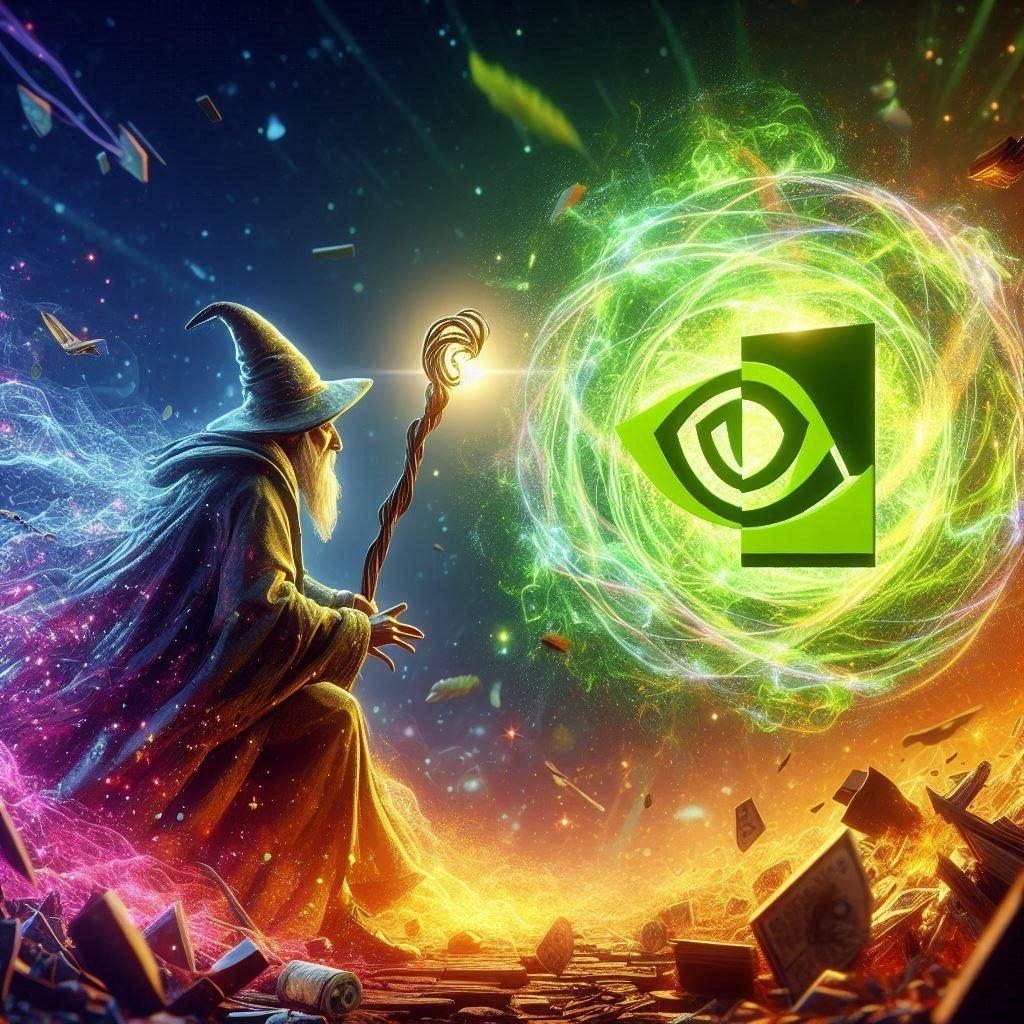
NVIDIA's journey through innovation and challenges
Over the next decade, NVIDIA built a strong presence in gaming consoles, notably partnering with Sony to create the RSX Reality Synthesizer for PlayStation 3 around the mid-2000s.
This partnership underlined NVIDIA’s growing clout within the gaming industry. The company also moved beyond gaming. In 2003, the firm developed a realistic Mars simulation project with NASA and also became a major supplier of graphics chips to Audi.
It was during this time that they achieved several milestones, including being named Forbes’ Company of the Year in 2007.
However, after this successful period, NVIDIA ran into difficulties. There were reports of some mobile chips and graphics processors having high failure rates as a result of manufacturing defects.
Consequently, there was no disclosure by the company on which products were affected, leading to a settlement of a class action suit by September 2010.
In January 2011, an ongoing legal battle ended when NVIDIA signed a cross-licensing agreement worth $1.5 billion with IBM, marking a new direction for the company’s history.

NVIDIA's rise in parallel computing and AI
NVIDIA first began its journey towards AI innovation in 2006, when it released CUDA, a revolutionary platform for GPU-based parallel processing. In this regard, the company outsmarted other entities and took the lead in AI and deep learning.
In the 2010s, NVIDIA metamorphosed from a semiconductor manufacturer to a trend setter of artificial intelligence as well as parallel computing.
This was by far one of the most important advancements in parallel computing, which involves dividing problems into smaller tasks and then solving them using different processors simultaneously.
This technology enabled the fast computation needed for the development and running of complex AI applications.
By 2020, NVIDIA had already launched Omniverse, which is another invention utilizing their graphics knowledge towards improving three-dimensional imaging and design.
Henceforth, they became part of the changing face of the technology industry with the announcement of Omniverse in 2020, thereby cementing its place as a leading innovator in the tech field.
In 2011, NVIDIA went on to acquire Icera in 2011, PGI in 2013, and others. The acquisitions allowed Nvidia to fill technological gaps and venture into new markets. NVIDIA also made strategic purchases, like buying ICera in 2011.
With these buyouts, it became possible for the corporation to overcome deficiencies in its technologies as well as enter new regions. In 2017,
Toyota partnered with NVIDIA to integrate its DRIVE PX AI platform into autonomous cars. Additionally, the company partnered with Baidu on self-driving vehicles.
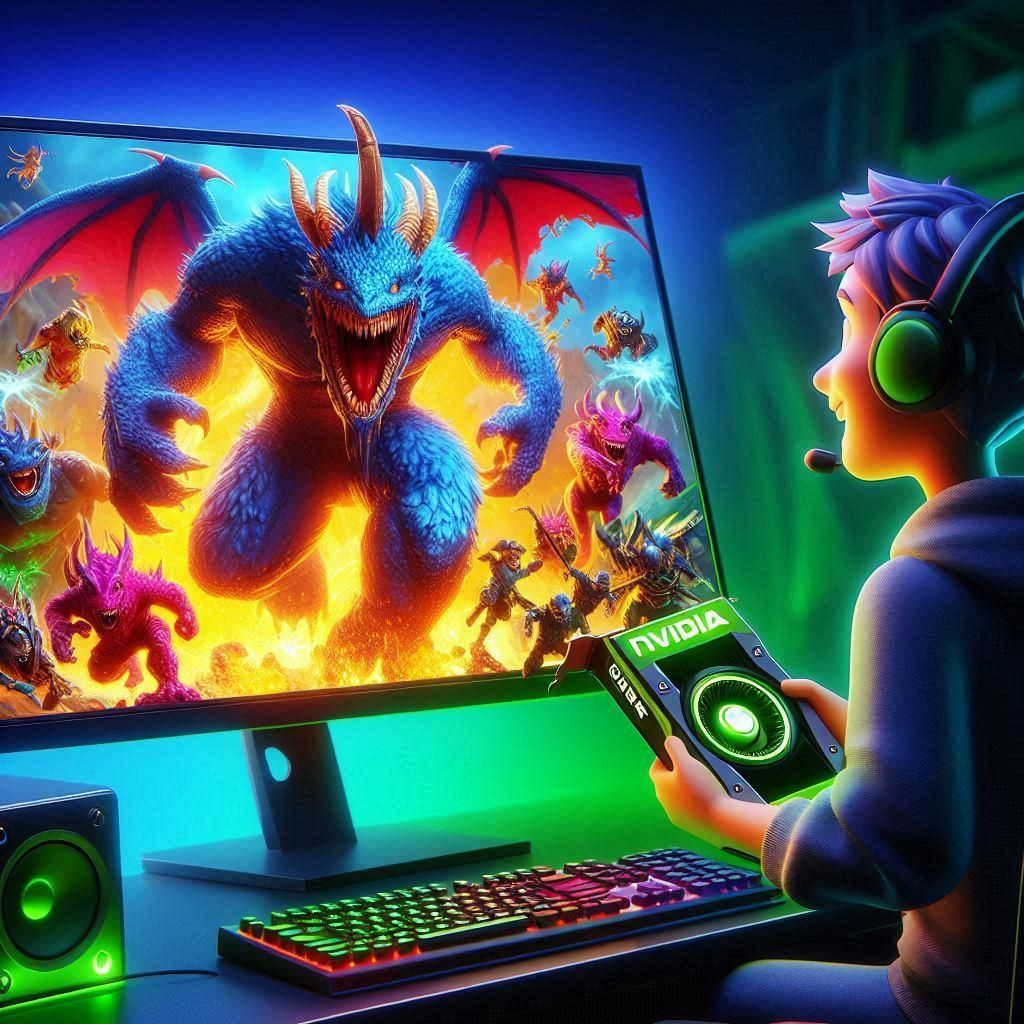
Market dominance and regulatory scrutiny
NVIDIA has been under constant antitrust scrutiny because of its market dominance. The company had first bruised its reputation in 2006 after the US Department of Justice dropped a subpoena on possible antitrust issues.
In 2020, NVIDIA intensified this spotlight with its proposed acquisition of Arm LTd for $40 billion.
Meanwhile, Arm’s chip technology, which powers various devices such as iPhones and Amazon Kindles, received significant global pushback that led to the termination of the $40 billion deal by 2022.
The year also marked the beginning of the payoff for NVIDIA’s investment in AI. The OpenAI ChatGPT utilizes 10,000 NVIDIA GPUs to provide improved GPU resources. This achievement created an even higher demand for NVIDIA chips and raised its stock value.
However, NVIDIA’s dominant position within AI has also attracted further regulatory attention. By 2023, Nvidia chips will power 70% of the world's fastest supercomputers.
This dominance, combined with the larger societal implications surrounding AI, has attracted more regulatory scrutiny, including a raid on its French offices in September 2023 and investigations by the EU and China.
Nvidia became the third company in U.S. history to have a market capitalization exceeding $2 trillion on March 1, 2024. Notably, Nvidia achieved this feat in just 180 days, while it took Apple and Microsoft over 500 days each to do so.
By March 8, 2024, Nvidia’s market cap had reached its peak of $2.38 trillion, which was $230 billion lower than Apple and $645 billion lower than Microsoft, respectively.
On March 18th, Nvidia introduced Blackwell, an AI chip and microarchitecture named after mathematician David Blackwell.
NVIDIA's journey from its 1993 founding to its remarkable $2 trillion market capitalization in 2024 showcases its transformative impact on technology.
With groundbreaking advancements in GPUs, AI, and parallel computing, NVIDIA has reshaped industries and sparked significant regulatory scrutiny. Its rapid rise reflects its role as a leading innovator and dominant force in the tech world.
OTHER NEWS
-
- The Rise of Mid-to-High-End Chips and Global Competition
- By Prodosh Kundu 01 Aug,2024
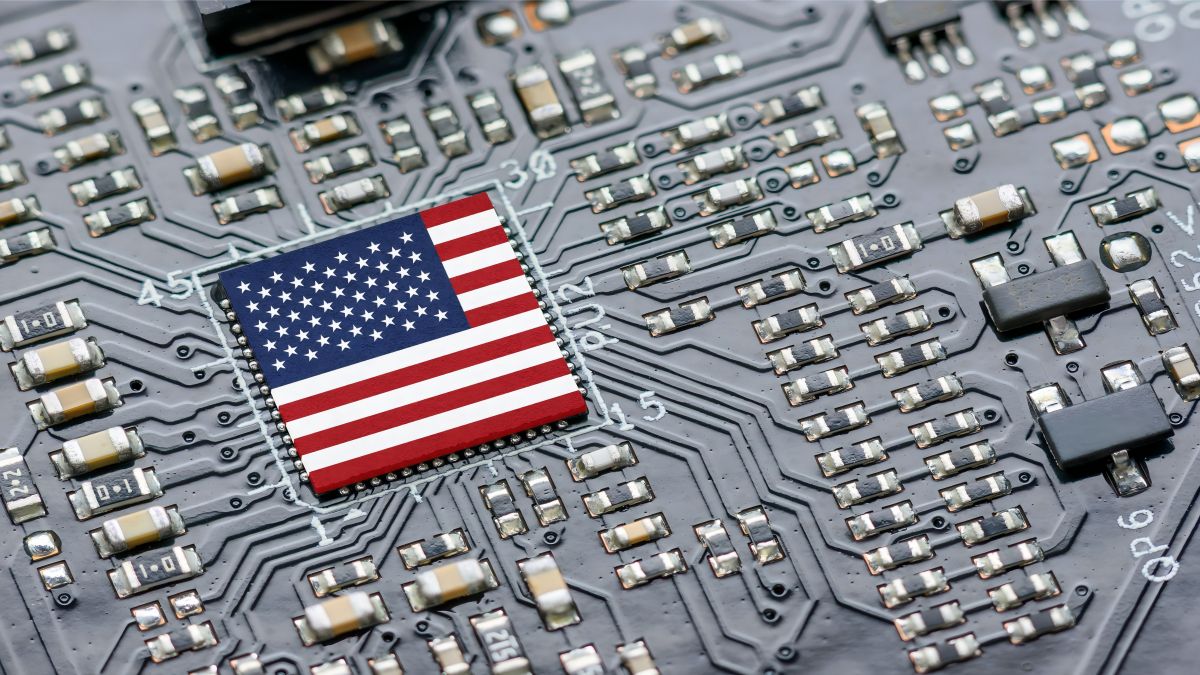
-
- The Profound Impact of Social Media on Digital Marketing Strategies
- By Molly Joshi 16 May,2024

-
- The History of the Technological Titan Google LLC
- By Prodosh Kundu 22 Jul,2024

-
- Applications of GPUs in AI and Gaming
- By Prodosh Kundu 01 Aug,2024
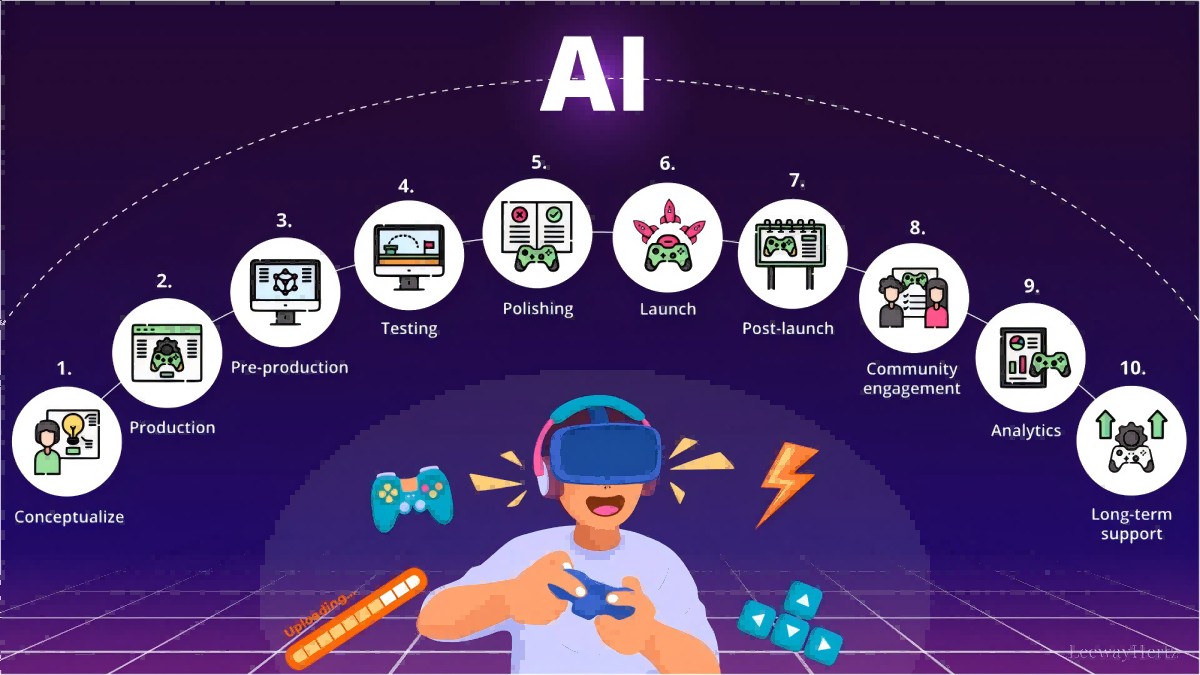
-
- The Rise of QUALCOMM from Inception to Innovation
- By Prodosh Kundu 23 Jul,2024

-
- The development history of Baidu
- By Prodosh Kundu 30 Jul,2024

-
- How to Protect Your Online Privacy
- By Prodosh Kundu 12 Jun,2024

-
- The Evolution and Impact of Online Culture
- By Prodosh Kundu 03 Jun,2024

-
- The development history of Apple
- By Prodosh Kundu 01 Aug,2024
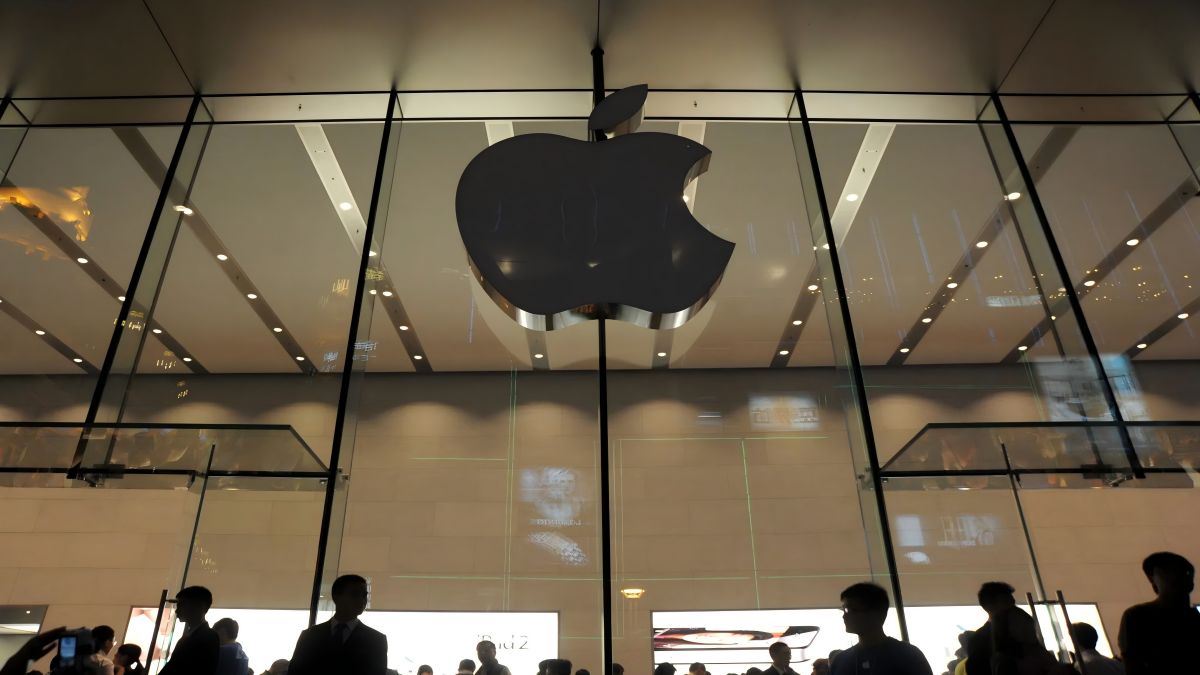
-
- The Journey of NVIDIA Corporation Since its Foundation
- By Prodosh Kundu 30 Jul,2024
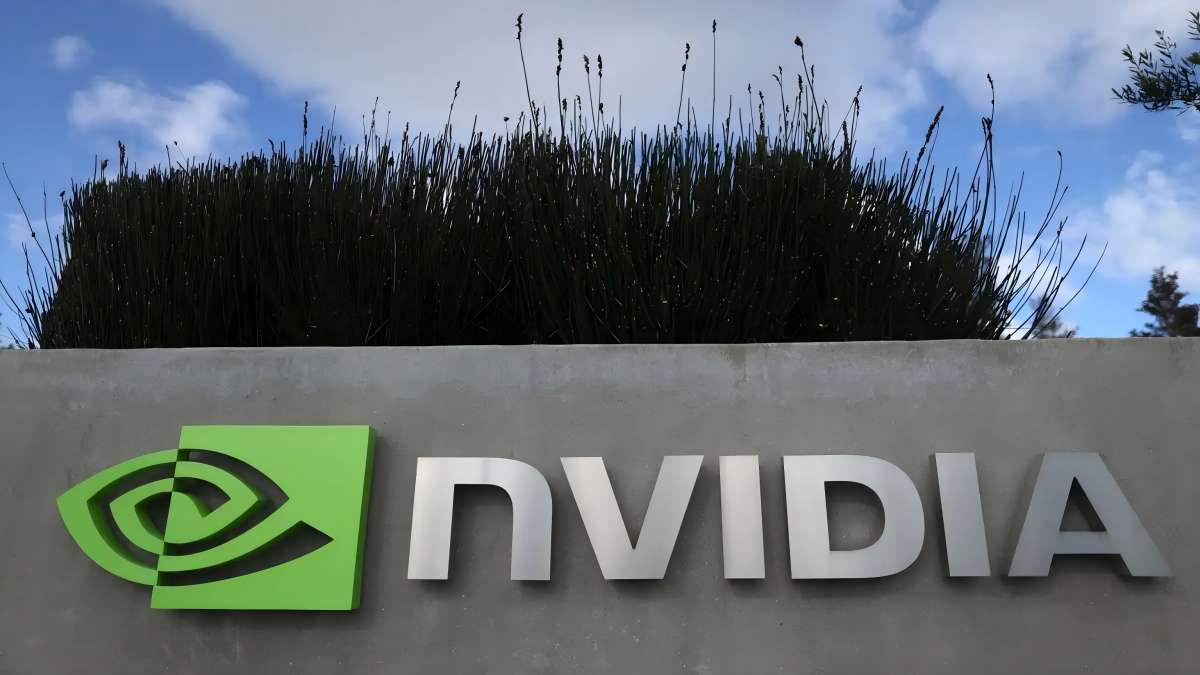
-
- The Powerful Impact of Social Media on Digital Marketing in Current Times
- By Ayesha Asif 16 May,2024

-
- The Evolution of TikTok: From Humble Origins to Global Phenomenon
- By Prodosh Kundu 25 Jul,2024
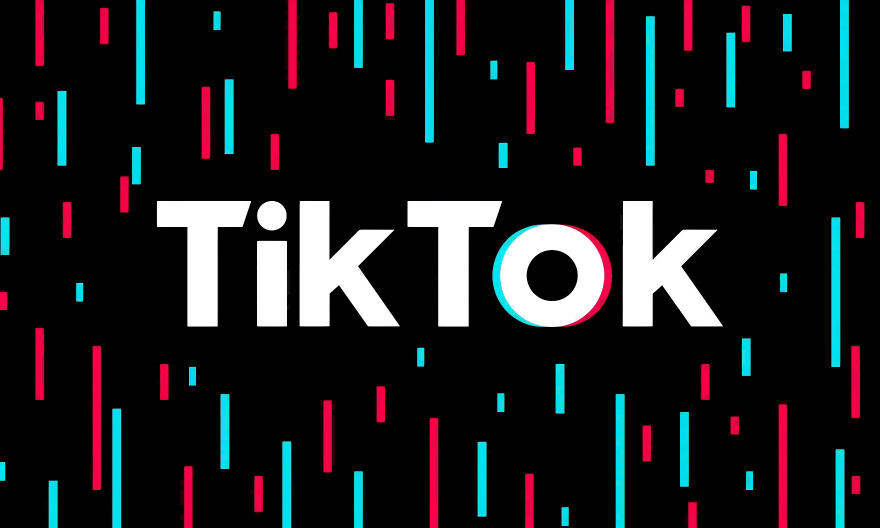
 1
1 1
1